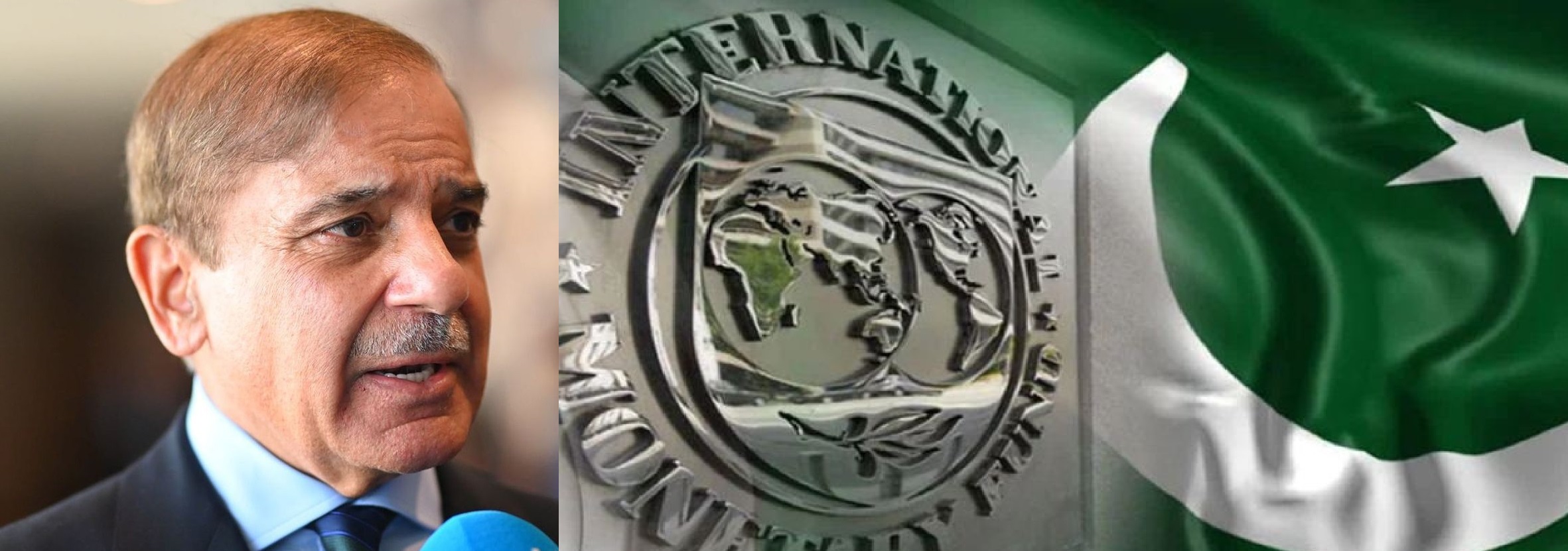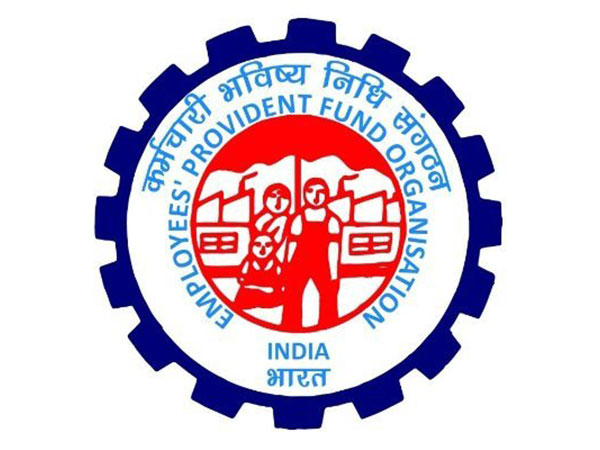The International Monetary Fund (IMF) has finalized a staff-level agreement with Pakistan for a $1.3 billion loan package over 28 months to support the country’s climate change mitigation and adaptation efforts. This agreement also includes the first review of the ongoing $7 billion bailout program, with the IMF commending Pakistan’s progress in restoring macroeconomic stability despite global challenges.
Government sources from Pakistan’s finance department report steady inflation progress, maintaining rates within a range of 1% to 1.5% in March, as highlighted in the Ministry of Finance’s monthly economic outlook report. “This follows a slowdown to its lowest level in almost a decade in previous months,” the report noted.
Upon IMF board approval, Pakistan will gain access to approximately $1 billion under the Extended Fund Facility (EFF), bringing total disbursements under the program to around $2 billion. The $7 billion IMF bailout has been crucial in averting a potential economic default for Pakistan, helping its $350 billion economy stabilize and avoid financial collapse.
Pakistan’s Federal Minister for Finance, Muhammad Aurangzeb, expressed optimism, attributing the positive outlook to government policies aligned with IMF requirements. “We remain committed to continuing structural reforms in taxation, energy, and state-owned enterprises (SOEs) to foster sustainable productivity and export-led growth,” he stated.
The IMF acknowledged Pakistan’s improving financial conditions, noting that inflation has declined to its lowest level since 2015, while external balances have strengthened, and sovereign spreads have narrowed. Despite these gains, the IMF cautioned that risks remain, including geopolitical shocks, rising protectionism, and tightening global financial conditions.
The IMF also emphasized the importance of building resilience to climate-related risks. IMF mission chief Nathan Porter noted, “It is critical to entrench the progress achieved over the past 18 months by strengthening public finances, ensuring price stability, rebuilding external buffers, and eliminating distortions, all in support of stronger, inclusive, and sustained private sector-led growth.”
(With IANS inputs)




















